I’ve been on holiday and found a bunch of new inspiring places to blog about. So be prepared for a deluge over the next few weeks. Let’s start by wheeling back in time to when the Romans ruled Britain and the spectacular Vindolanda.
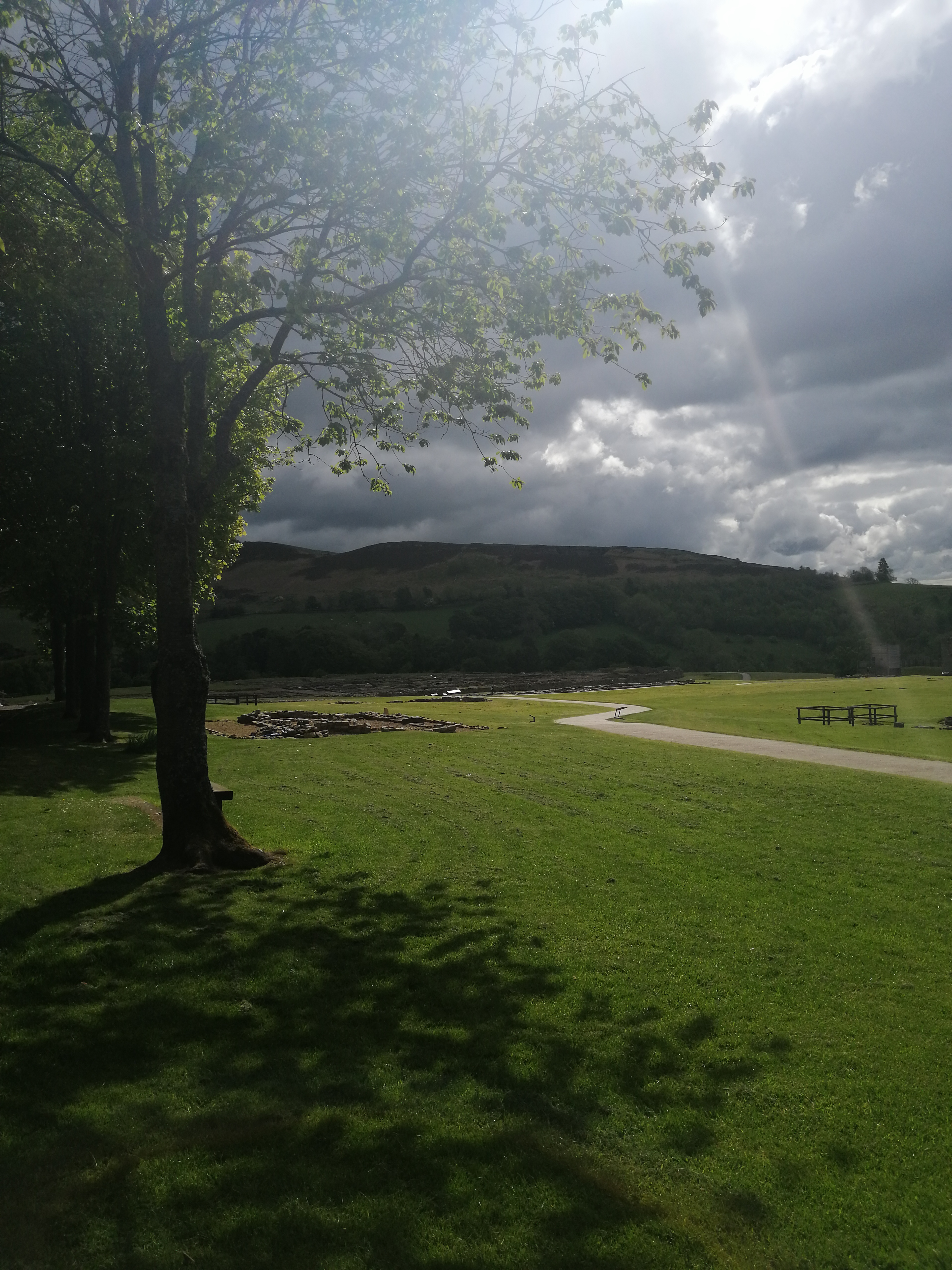
How the site began
Vindolanda was a Roman fort and Vicus (self-governing village), located just south of Hadrian’s Wall. It was first built before old Hadrian decided he most definitely wasn’t going into Scotland. And moreover, he wanted to keep them Scots out too! As well as containing many well-preserved buildings, it’s also got a boatload of artifacts.
The fort was occupied from about 85AD to 370AD. A Vicus grew up next to the fort containing homes, shops, taverns, and, a bathhouse.

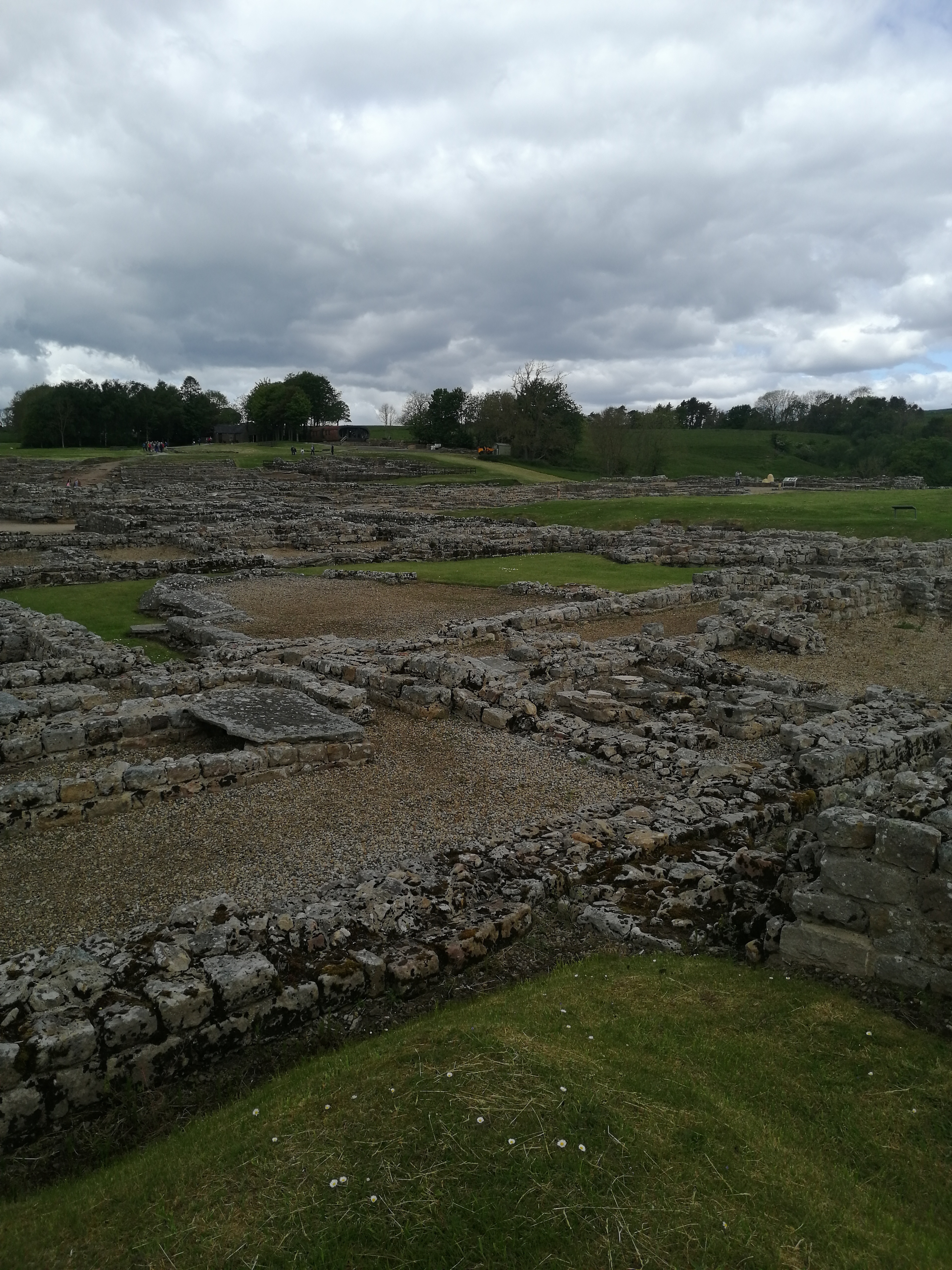
Rediscovering Vindolanda
In the 1930s, archeologist Eric Birley bought the house that sits below Vindolanda. Over time, he, his sons, and his grandson all excavated the site, finding many layers of history, with many still to come. It’s estimated they’ve only excavated 24% of the site so far. That means they have 150 years’ worth of stuff left to dig. The day after we visited, the team found an engraved stone showing a certain, private part of male anatomy. Because humans really, really, really don’t change.
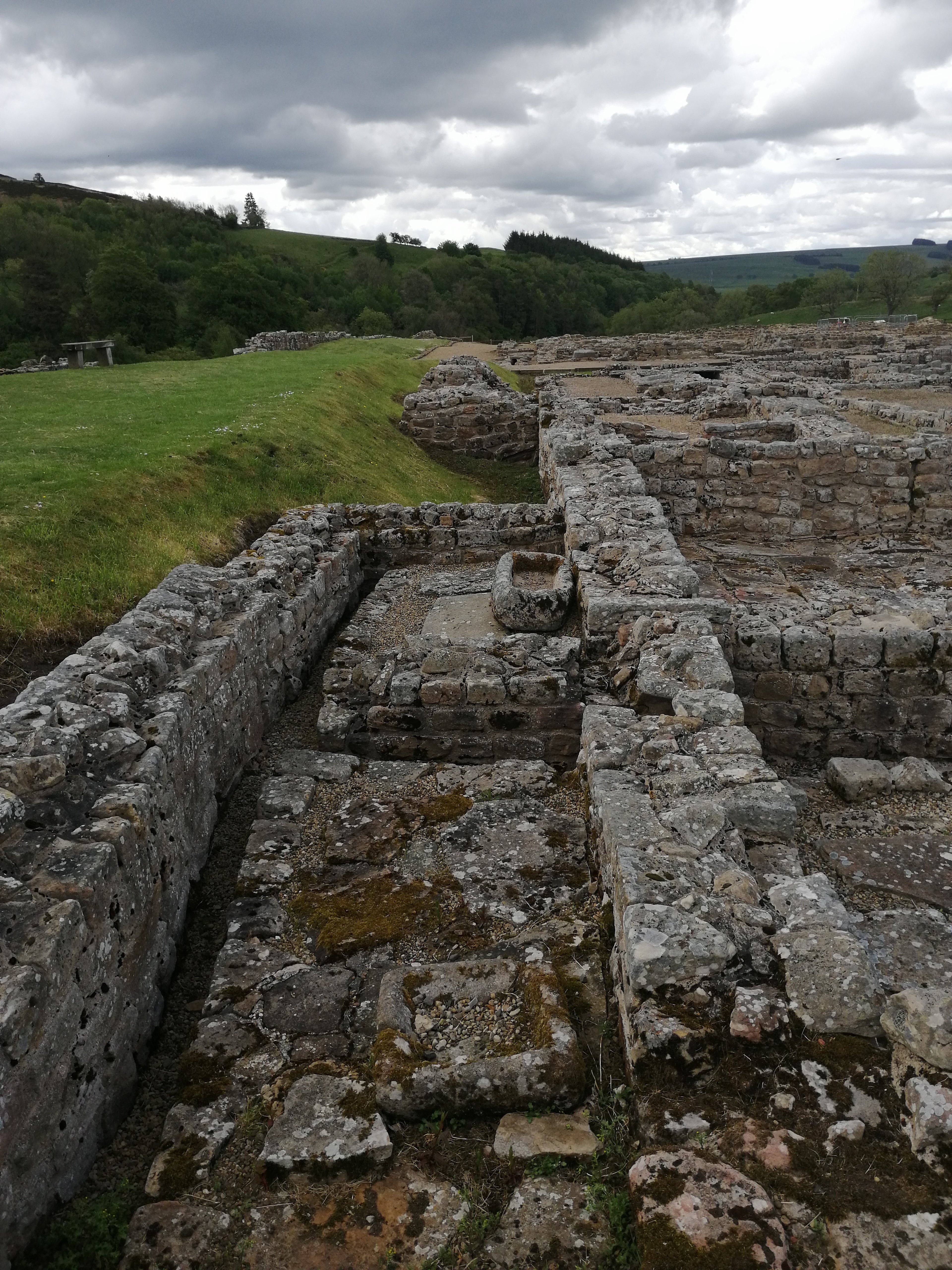
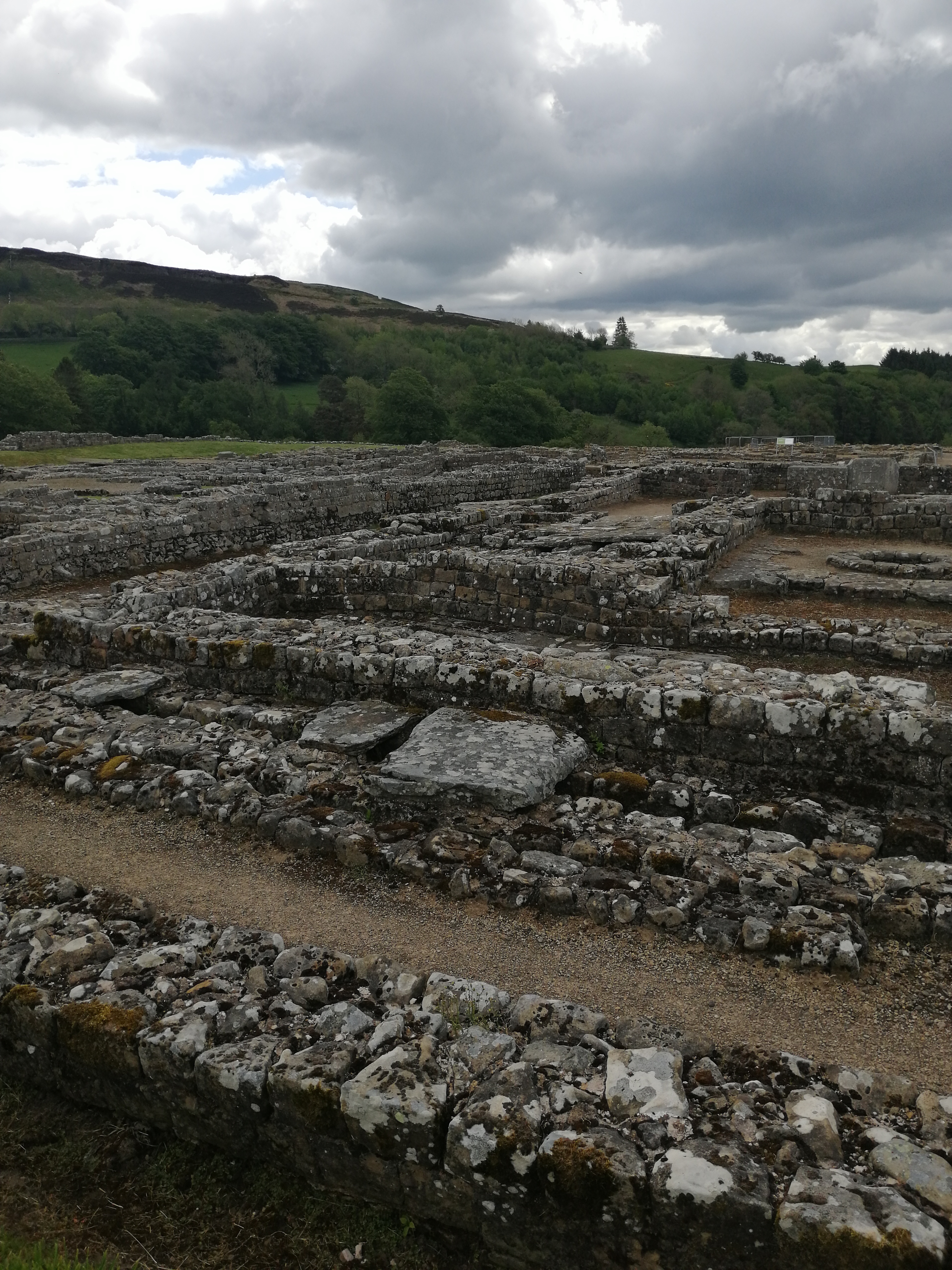
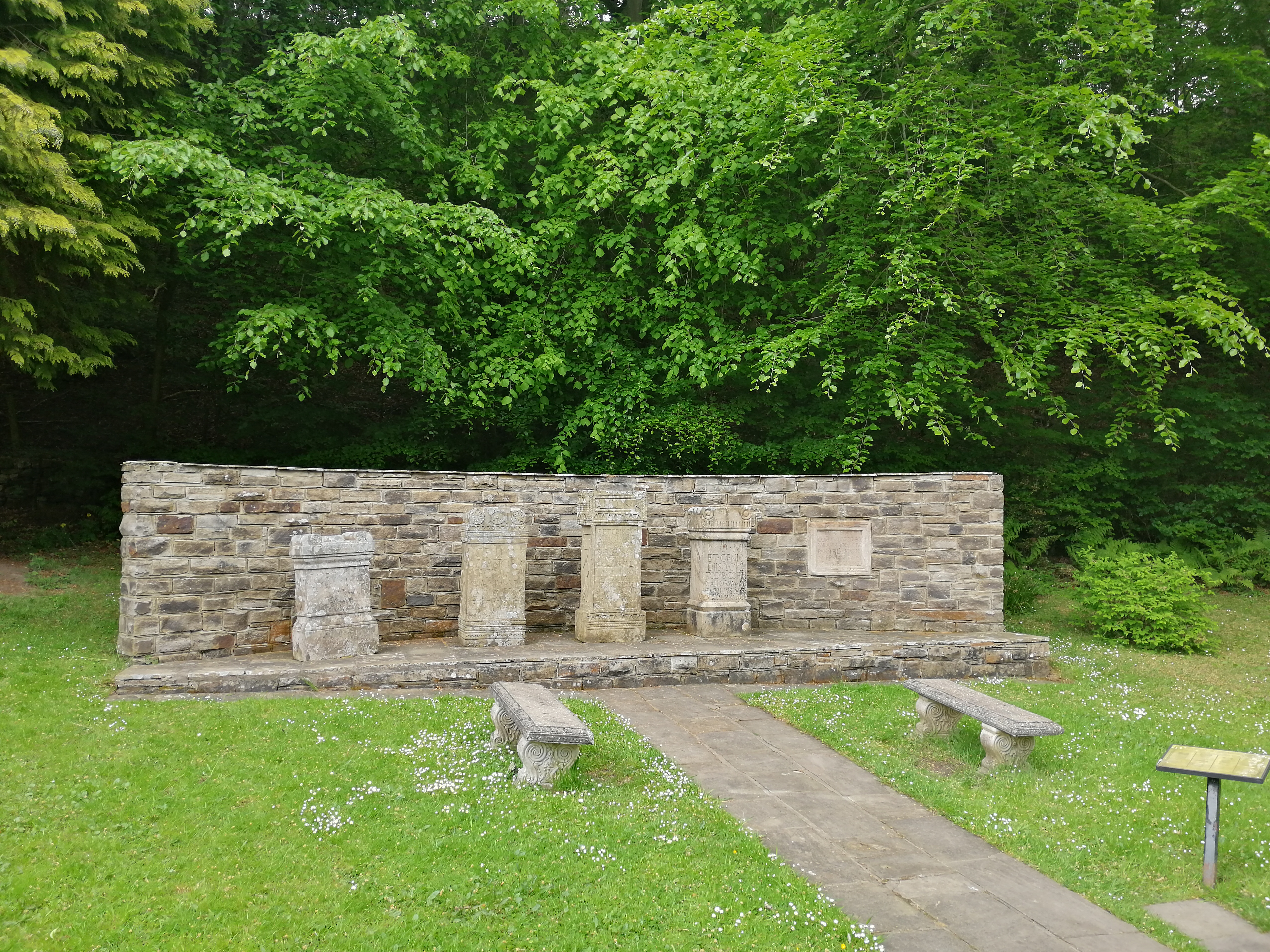
Alongside the buildings, there’s a museum located in the original house Birley bought. For me, it’s always artifacts that really bring a place’s history to life. All the recognisable, day-to-day items like shoes, combs, coins, buttons, tents, toys, plus the more unusual things. Boxing gloves, a wig made from peat, delicate glassware with vividly painted gladiators, and a wooden toilet seat have all been found at Vindolanda.
Vindolanda wooden tablets
This brings us to the Vindolanda wooden tablets. They were, at the time of their discovery, the oldest surviving handwritten documents in Britain, and cover all sorts of communication, from military matters to personal messages. Highlights include an invitation to a birthday party – perhaps the oldest surviving document written in Latin by a woman.
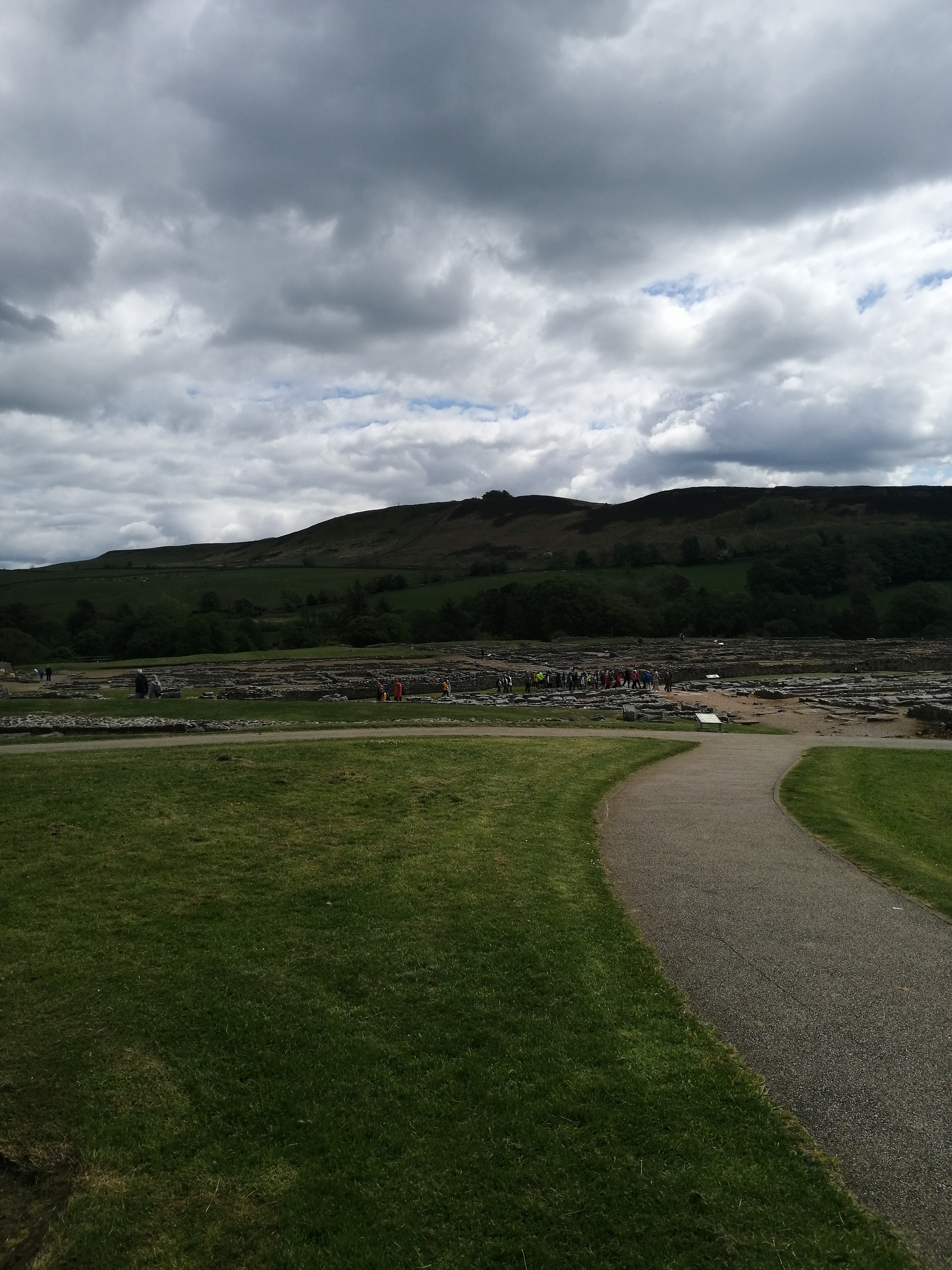

It’s truly a wealth of inspirational material. There’s even a sad mystery of sorts to be pondered, as the skeleton of a child was found in a shallow pit in a barrack room.
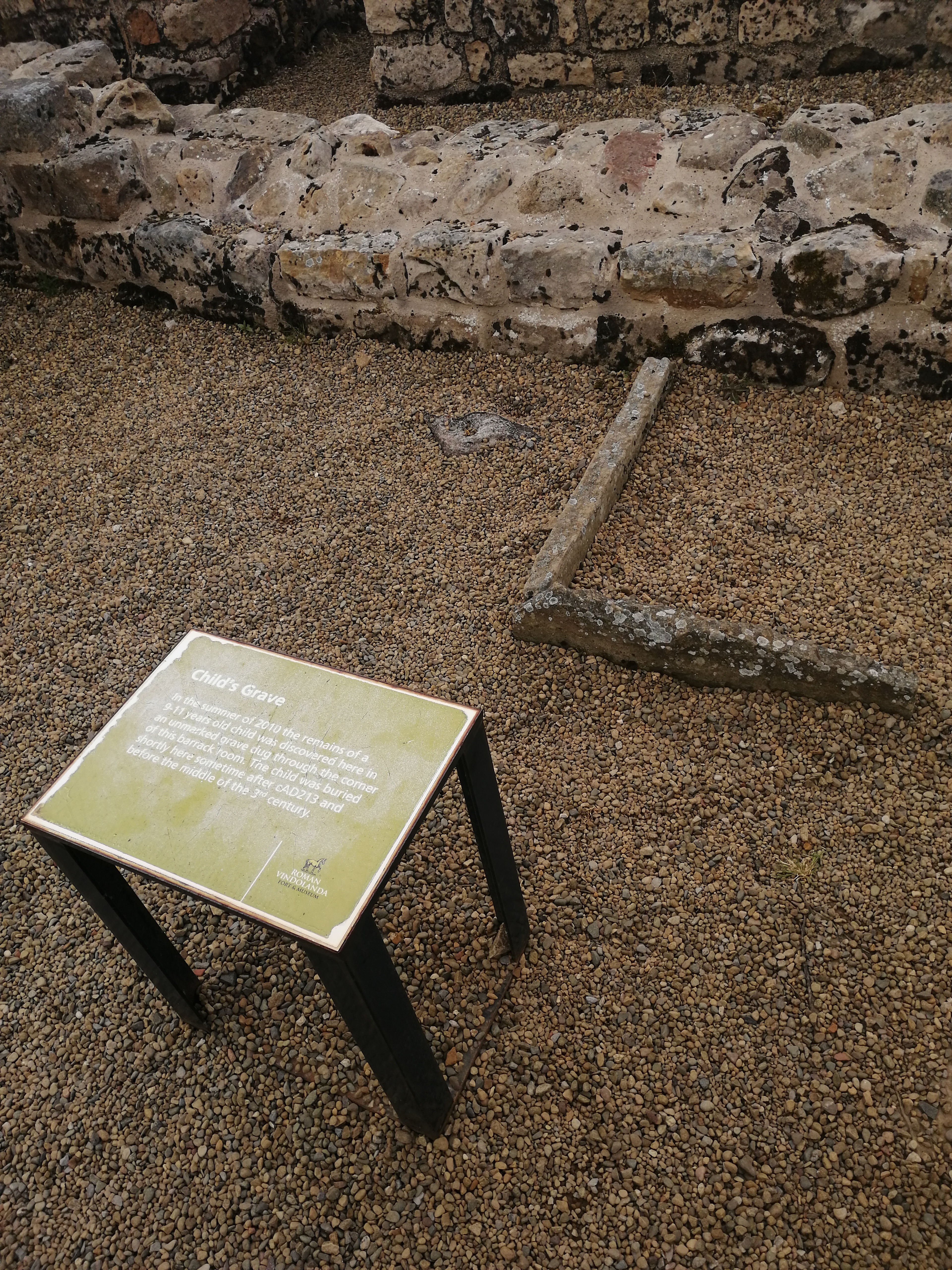
Vindolanda is still relatively remote, so you can feel the reality of how things would have been back then. A sparse landscape perhaps, but with military matters always on the go, and a mish-mash of people and animals, crowded together in this compact site, just trying to live.
If you like Roman history, it’s a fantastic place to visit, as is this whole area of the UK – you can’t swing a trowel without hitting something Roman here. So if that’s your thing, or you’re writing something set in that time period, or just looking for inspiration, it’s well worth a visit.
What do you think? Have you ever visited here? Please share your thoughts in the comments.


Leave a Reply